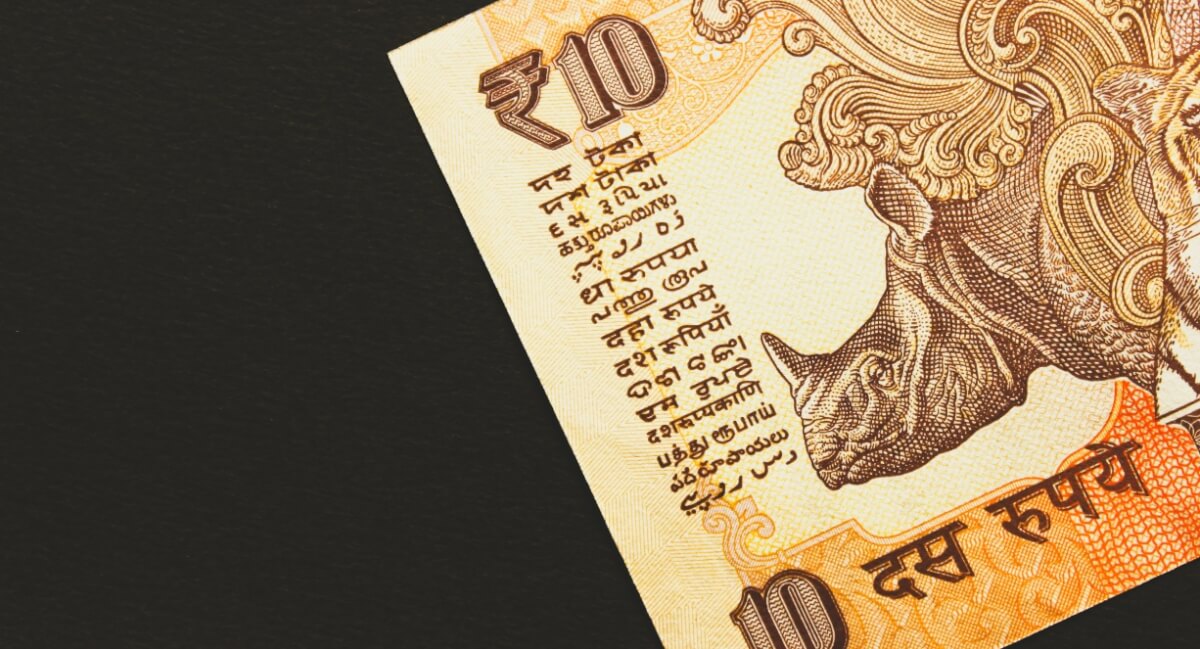Buying property in Japan as a foreigner: Guide for Australians
Learn how to buy property in Japan as a foreigner, understand key Japan property regulations for foreigners.

Ever come across the term ‘cash remittance’ when doing your banking, or sending money to a person or business?
Cash remittance refers to transferring money, usually overseas, where the recipient collects in cash. It’s a commonly used term in the financial world, but not everyone fully understands how works in practice.
Here, we’ll explain what cash remittance is, and how it stacks up against other transfer methods such as bank deposits. We’ll also look at the fees involved, and ways you could save when sending money worldwide.
For example, open a free Wise multi-currency account and you can send money internationally for low, transparent fees and real exchange rates. This means no hidden fees or costly mark-ups on the rate, so none of your money is lost along the way.
We’ll look at this in more detail later. But first, let’s find out what cash remittance is and how it all works.
The word remittance comes from ‘remit’, which means ‘to send back’. Originally, cash remittance meant to physically send cash home, but it now has a slightly different meaning.
Nowadays, cash remittance refers to money transfers (usually international ones) where the recipient picks up their money in cash. They’ll visit a branch or agent for the money transfer service in person, present their ID and tracking number, and the cash is handed over.
One of the main benefits of this is that the recipient doesn’t need a bank account.
Cash remittance as a money transfer method is commonly used by people working abroad, sending money home to their families. If a friend or family member is backpacking around the world and needs a cash top-up, you can send cash to be collected at their nearest pickup point.
It can potentially be used for other purposes, such as business payments from country to country, but bank deposits are much more common in these situations.
If you’re weighing up whether to choose cash pickup or bank deposit for your transfer, here are a few key points to consider.
Firstly, not all money transfer services in all countries offer cash remittance, whereas you can usually send to bank accounts all over the world. This can limit your options, especially if you’d like to fund your transfer with cash as well as arranging a cash collection. Not all services accept cash, and even fewer services deliver it.
Cash remittance can happen very quickly, if not instantly². This means that a person in one part of the world can arrange a cash remittance and their recipient may be able to collect it from another location just a few minutes later.
It can take a little longer with bank deposits, but if you choose the right service it could arrive as quickly as the next working day³.
Of course, it all depends on whether your recipient is able to collect their money in person. It may not be convenient, or in the case of business transactions, appropriate. With a bank deposit, everything can be arranged in a matter of minutes and the money received with minimal effort from either party.
The fees for bank account deposit and cash pickup can vary widely between transfer services, and it’ll also depend where you’re sending from and to. Cash remittance will be cheaper for some transfers, while bank deposits will be the most cost-effective option for others.
In nearly all circumstances though, bank-to-bank transfers tend to involve eye-watering transfer and currency conversion fees. But of course, you don’t need to use your bank – there are many other options available (take a look at the next section for more info on this).
Here are the main fees and costs to watch out for with cash remittance:
Before sending money abroad, it’s worth taking a moment to compare the many different options available to you. Otherwise, your transfer could end up costing you far more than you expect.
Here are just a handful of providers offering remittance services:
Wise
Wise is a money transfer specialist, known for being up to 7x cheaper than banks⁴. It’s free to open a multi-currency account, from which you can hold, spend and convert 50+ currencies. You’ll even get a handy Platinum debit MasterCard so you can spend abroad like a local.
But crucially, you can send money all over the world with Wise and you’ll always get low fees and the real exchange rate. Your recipients won’t be able to collect in cash, but if they do have a bank account – this can be one of the cheapest ways to send money abroad.
WorldRemit has over 170,000 cash pickup locations worldwide⁵, and there are other options to receive money such as bank deposit or mobile money⁶ if cash collection isn’t available. You can’t pay for international transfers using cash with WorldRemit⁷.
Fees and exchange rates are competitive at WorldRemit, but not unbeatable – especially as the provider adds a margin to the mid-market rate. How much you pay may vary from country to country, sometimes even if the two locations share the same currency⁸.
Western Union is one of the largest money transfer networks in the world, allowing you to send money to 200+ countries and territories worldwide⁹. You can fund payments in cash and arrange cash pickup for most locations, along with bank deposits.
Like WorldRemit, Western Union adds a mark-up onto the exchange rate as well as charging transfer fees (in most cases)¹⁰. This could make your transfer much more expensive even if the transfer fee appears to be very small.
After reading this guide, you should have all the info you need to know about sending a cash remittance. It’s a flexible, fast option if the person you’re sending to doesn’t have a bank account, but remember that it’s not always the cheapest. There are many other ways to send money internationally, some of which could save you money.
Sources used:
Sources checked on 1-October 2020.
*Please see terms of use and product availability for your region or visit Wise fees and pricing for the most up to date pricing and fee information.
This publication is provided for general information purposes and does not constitute legal, tax or other professional advice from Wise Payments Limited or its subsidiaries and its affiliates, and it is not intended as a substitute for obtaining advice from a financial advisor or any other professional.
We make no representations, warranties or guarantees, whether expressed or implied, that the content in the publication is accurate, complete or up to date.

Learn how to buy property in Japan as a foreigner, understand key Japan property regulations for foreigners.

Explore the world of digital nomad visas with our comprehensive guide, including a list of countries, and requirements for Australians.

Looking to move to Ireland from Australia? We'll fill you in on the travel and visa requirements, healthcare, cost of living, pros, cons and much more.

Looking to move to Dubai UAE from Australia? We'll fill you in on the travel and visa requirements, healthcare, cost of living, pros, cons and much more.

Looking to move to Italy from Australia? We'll fill you in on the travel and visa requirements, healthcare, cost of living, pros, cons and much more.

Discover how international moving companies in Australia operate, from services offered to logistics, ensuring a smooth relocation to your new home abroad.